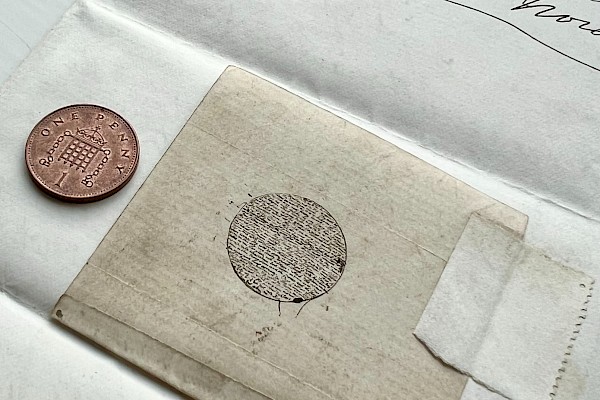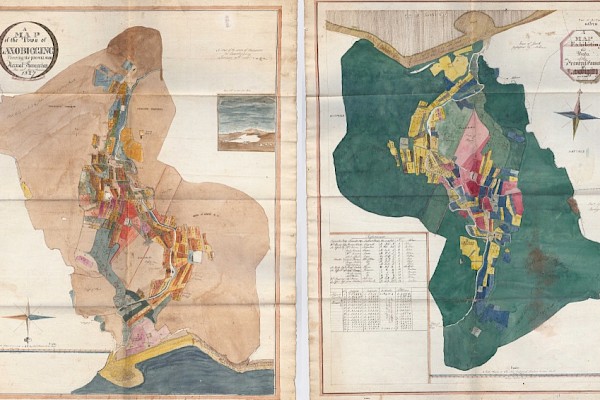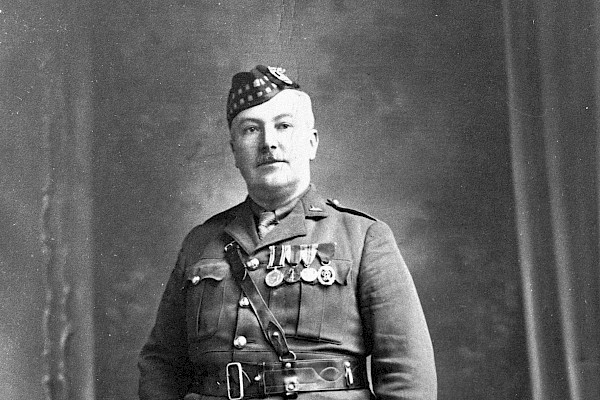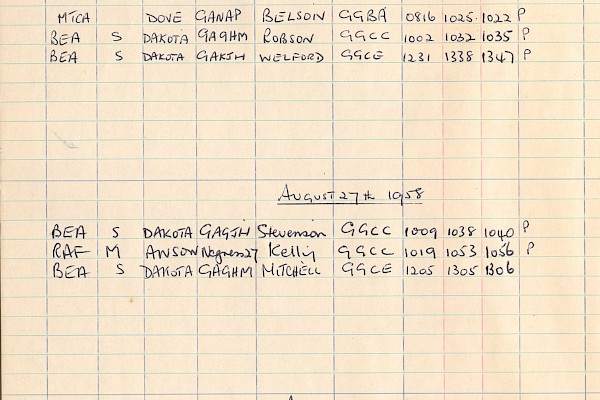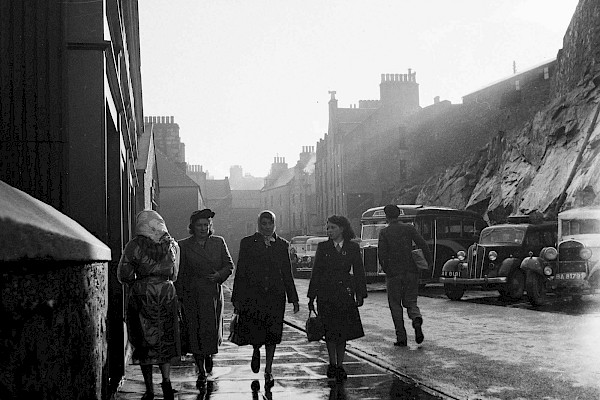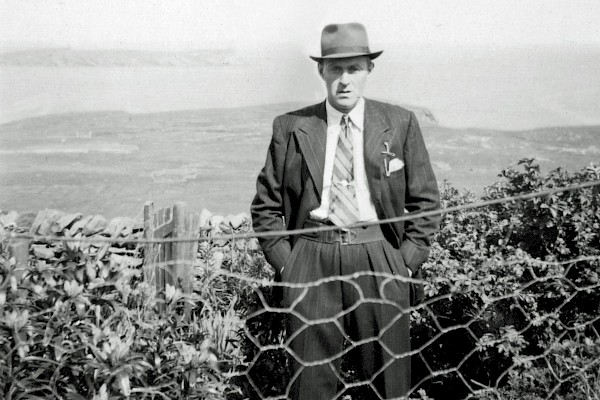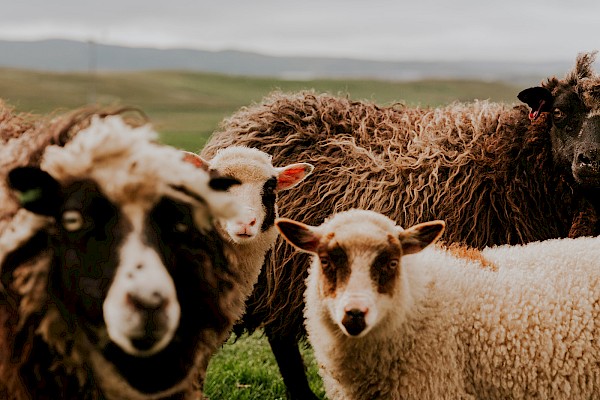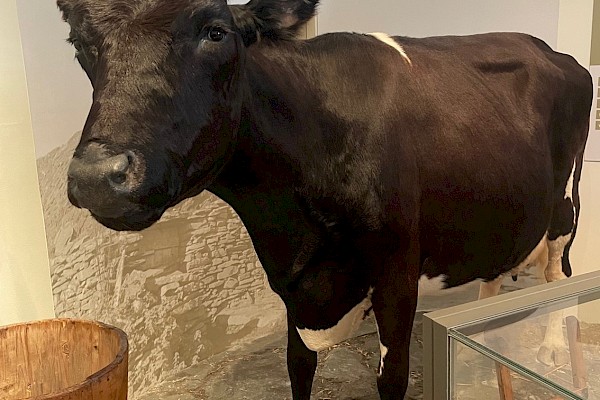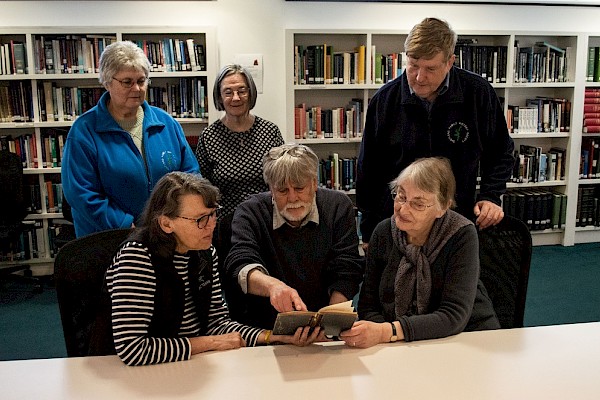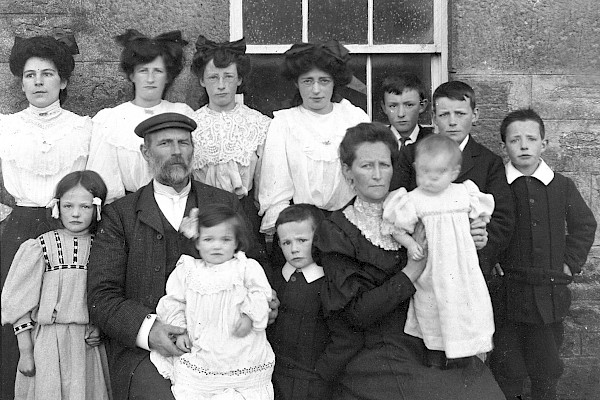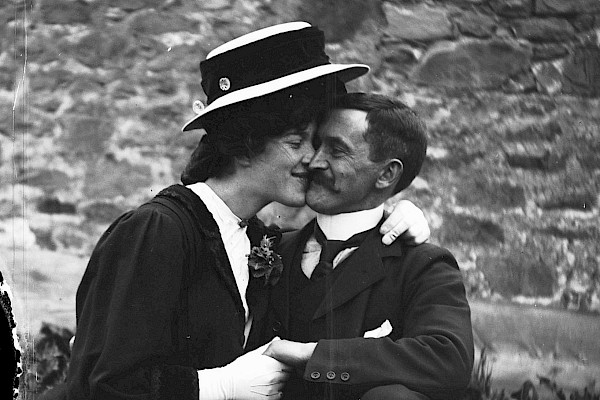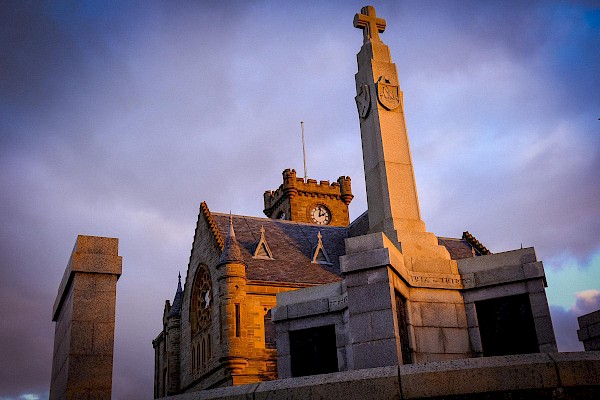Hugh MacDiarmid's poetry - taking inspiration from Shetland's herring industry
In the summer of 1933 a man called Christopher Murray Grieve came to live in Whalsay. Originally from the Scottish borders, he had lived in various parts of Scotland and England but had no connection to Shetland. Christopher came to be called ‘Aald Grieves’ by his neighbours, but he is better known to the world by his nom de plume Hugh MacDiarmid, one of the most revered and controversial poets Scotland has ever produced.
In the summer of 1933 a man called Christopher Murray Grieve came to live in Whalsay. Originally from the Scottish borders, he had lived in various parts of Scotland and England but had no connection to Shetland. He came north because his personal life had become chaotic and his friends thought Whalsay might prove to be a place where it was hard to get into trouble. He was joined a few weeks later by his second wife, Valda, and their young son Michael. The family stayed in a few temporary houses before settling down in a humble little cottage at Sodom. This cottage was to be their home for the next nine years.
Christopher was not a practical man, and on an island where almost everybody did demanding physical work to survive, he was seen as something as an oddity. The family were often helped by the Whalsay folk. People gave them food and, on one occasion, a man called Walter Robertson tried to teach Christopher how to cast peats. It was not a success. The Grieves lived in poverty for most of their time on the isle.
Christopher came to be called ‘Aald Grieves’ by his neighbours, but he is better known to the world by his nom de plume Hugh MacDiarmid, one of the most revered and controversial poets Scotland has ever produced.
The Whalsay people thought Christopher didn’t do much in the way of real work. But, in his nine Shetland years, MacDiarmid spent thousands of hours with a pen in his hand, writing long, complex poems that were sometimes inspired by the rocky landscapes he encountered in the isles. These poems, which include his masterpiece ‘On a Raised Beach’, can be dense and difficult. They are slow-moving, packed with obscure literary references, and can be hard-going for the casual reader.
A more accessible easier part of MacDiarmid’s enormous Shetland output can be found in a number of short poems he wrote in his first few months in the isles. These are a sequence he called Shetland Lyrics, and most of them were written after Christopher went on a fishing trip aboard the Research in May of 1933. In his poem ‘With the Herring Fishers’, he writes:
‘I see herrin.’ – I hear the glad cry
And gainst the moon I see ilka blue jowl
In turn as the fishermen haul on the nets
And sing: ‘Come, shove in your heids and growl.’
We can imagine what the fisherman made of this strange Scotsman on their boat, scribbling furiously in his notebook (the story goes that he leaned the notebook on the bottom of the bunk above), while they went about their work. But, even though he seems to have misheard ‘growe’ as ‘growl’, MacDiarmid gives us a firsthand view of herring being caught. He goes on:
‘Soom on, bonnie herrin, soom on,’ they shout,
Or, ‘Come in, O come in, and see me,’
‘Come gie the auld man something to dae.
It’ll be a braw change frae the sea.’
We hear the fishermen speak. We are right beside them as they haul in the nets and the ‘herrin come walkin on board / In the wee sma oors o a simmer’s mornin / As if o their ain accord.’ Christopher might not have been made for a career at the fishing, but in this poem he gives us a splendid, energetic picture of what it was like to be aboard a typical Shetland fishing boat of the time.
In a second herring poem, MacDiarmid takes us back ashore. Not to Whalsay, but to Collafirth, in the north of the Shetland mainland.
Nae mair wi a bricht kerchief rowed roon her heid
Bonnie lass by bonnie lass eidently bends
Owre the lang row o fairlins doon the quayside
Wi piles o glitterin herrin at her quick finger ends.
In contrast to the entirely male environment of the previous poem, ‘Colla Firth in Winter’ allows us to encounter the women who were such an integral part of the industry. Like the fishermen on the Research, it is amusing to speculate on what the women at the fairlins thought about MacDiarmid. They were no doubt amazed when he strode ashore at North Roe, wearing his kilt made from Red Murray of Tullibardine tartan. I said earlier that Christopher wasn’t the most practical of men. It’s hard to imagine anybody else wearing a kilt to the fishing.
As I said above, MacDiarmid went on to write a very different kind of poetry in his later Shetland years. Those poems have their merits but, as I say, they are hard to get to grips with. In these earlier pieces, though, we feel MacDiarmid’s excitement at being in what to him was a completely new and alien environment. Shetland writers have had relatively little to say about the sea, often preferring to write about crofting life, but in MacDiarmid’s fishing poems we are given a glimpse of what was such an important industry for Shetlanders of the day.
